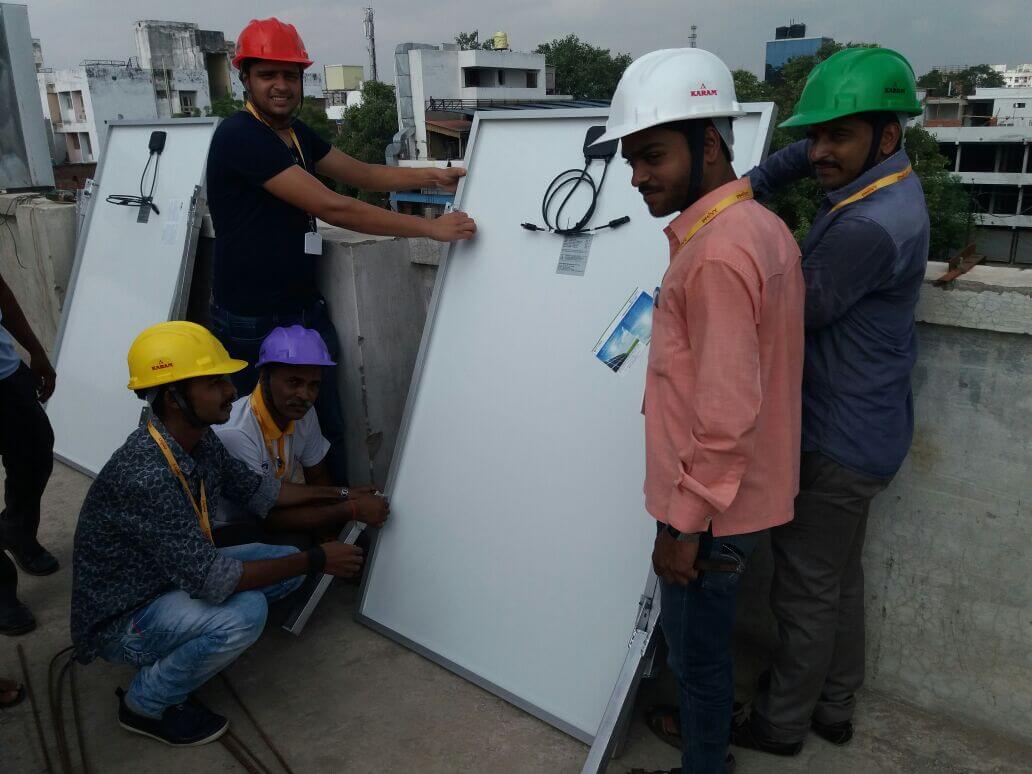Since inception; it has been in our approach of functioning of organizing OJT in close liaison with potential employers functioning on national and multi-national model of operation. The objective of which is to provide hands-on experiences to the trainee within the job environment. OJTP is third phase of a comprehensive initial training. These training actions are delivering in the frame of a generation change. The main challenge is to preserve the plant and equipment performance by transferring skills and knowledge from the output generation to new one. The scope of the OJT lesson plan should be built and focused on the in-depth knowledge required for performing specific and complex jobs. The training should provide hands-on in maintenance tasks and experiences in management issues as well, given that main group of new maintenance personnel are supervisors.
The OJT program starts up after a set of generic and specific courses. The entire initial training plan is built within a global Systematic Approach to Training methodology.
Conduct of “on the job-training program” The program starts with a kick-off meeting with all involved participants in the process. A line manager, usually the trainee’s direct manager, the main tutor (current worker in the job position), the trainee, a training department representative and the coordinator attend to this meeting. The following issues should be discussed and agreed in the kick off meeting:
- The scope of the OJT program and the schedule. Initially the OJT program duration should not be defined. The program starts with the kick-off meeting and finished when the scope of program is considered enough covered by the training department and the line manager. Duration of the program depends on opportunities to perform the objective tasks of the OJT scope, some of them only can be done or observe during refueling periods.
- The role of each participant is explained and discussed for clarification
- The methodology or “modus operandi” about how to conduct the program. This must include the definition of periods for tracking meetings and progress reports (usually once a month).
- It is advisable to prepare the planning for the first period. Planning should include the main objective tasks for the first period based on the foreseen activities in the maintenance area.
- The trainee’s folder is delivered to the trainee with explanations about content and duties.
Tracking of OJT program progress – This tracking is performed periodically by progress meetings. There are two meetings each time:
- Coordinator meeting with tutors and line manger to:
(1) Assess technical performance and attitudes, and
(2) Plan activities for the next period
- Coordinator meeting with trainee to:
(1) Assess the progress in the OJT program,
(2) Inform to the trainee about assessment results with identification of potential improvements if necessary and
(3) present the main objectives and planning for the next period then;
A final meeting is hold to close the process when the scope of the OJT program is enough covered. This meeting is similar to the tracking meetings but all records associated to process are collected for training documentation (assessment formats, deliverables…). If an important objective task has not been performed due to a lack of opportunity during the OJT program, the issue could be remained opened until it will be done and documented.
Final remarks; OJT program have provided not only hands-on in maintenance tasks but experiences in management issues. Many of new maintenance personnel have supervisor and management functions. One important target is that trainee should assume independent job responsibility for carrying out his/her duties after completion of the process. The results and experiences up to now allow saying that to establish a systematic process for the design, development and implementation of OJT program has been useful and considered as good practice to keep maintenance personnel knowledge and provide an effective training.


